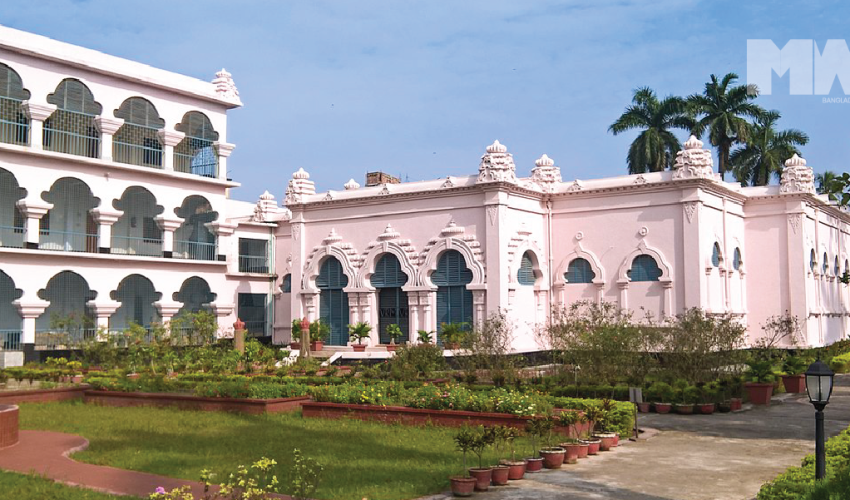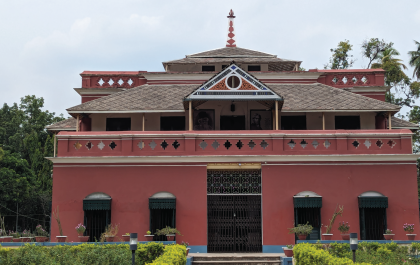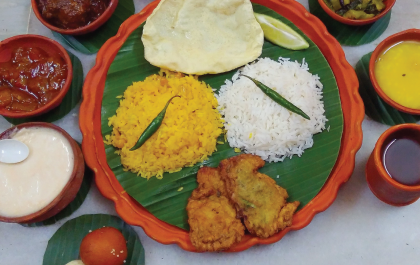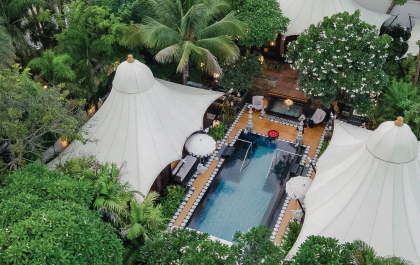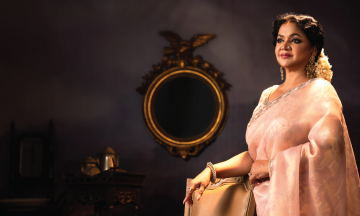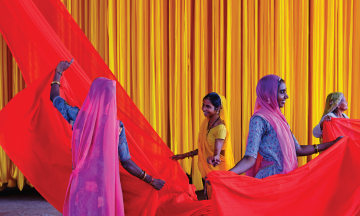Visiting Varendra Museum
MWB Desk
Varendra Museum holds a storied place in the cultural landscape of Bangladesh. Located in the heart of Rajshahi, this museum serves as a research centre and a prominent attraction for visitors from far and wide. As the oldest museum in Bangladesh, its history dates back to its establishment in 1910 in what East Bengal was then.
Originally known as Varendra Anushandan Samiti, the museum began as a collection of artefacts by the society. Over time, it garnered significant attention and recognition, leading it to be renamed as Varendra Museum in 1919. The institution owes much of its vast collection to the generosity of the Rajas of Rajshahi and Natore, particularly Prince Sharat Kumar Ray.
These royal figures, driven by a desire to preserve and showcase their rich heritage, graciously donated their personal collections to the museum. Their contributions have helped shape Varendra Museum into a treasure trove of historical artefacts and cultural relics. The name “Varendra” itself harks back to an ancient Janapada, or region, that once spanned what is now northern Bangladesh.
Varendra was indeed a region of Bengal, which is now part of Bangladesh. It included the Pundravardhana or Pundra Kingdom region. According to Cunningham, the boundaries of Varendra were defined by the Ganges and the Mahananda on the west, the Karatoya on the east, the Padma on the south, and the land between Koochbihar and the Terai on the north.
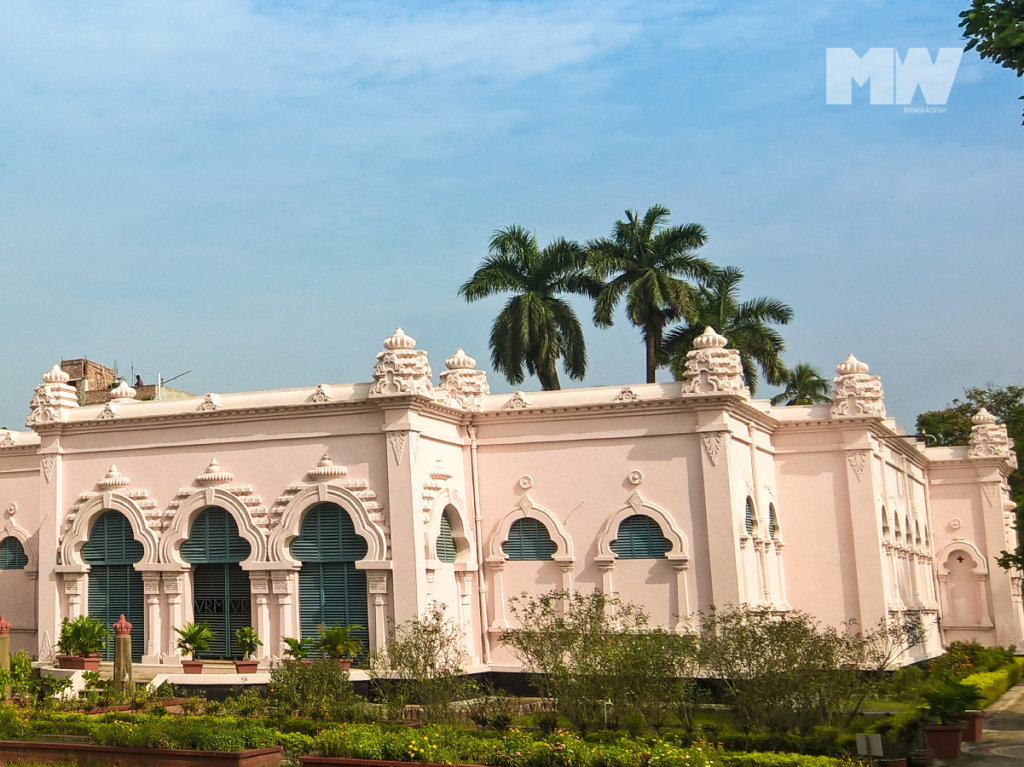
Varendra held great significance in terms of cultural and artistic achievements. It was known for its flourishing settlements and was often referred to as Janakabhu, meaning “fatherland.” The region’s artistic heritage was highly acclaimed during the reign of the Pala dynasty, with a separate school of artisans gaining widespread recognition. This artistic tradition continued uninterrupted until the Sena dynasty.
Literary and epigraphic evidence provides insights into the rich cultural and artistic legacy of Varendra. It is fascinating to learn about the history and contributions of this region to the ancient Indian sub-continent.
History
The Varendra Research Society and Museum in Rajshahi, Bangladesh, has a rich history. It was established in 1910 as the Varendra Anushandhan Samiti, or Varendra Investigation Society, and was formally inaugurated on September 27, 1910. The society’s role concerning the museum was that of proprietor and caretaker. Later, in 1919, it was officially named the Varendra Museum.
The museum holds the distinction of being the first museum established in what was previously known as East Bengal. It began with the collection of the Varendra Anushandhan Samiti and later received significant contributions from the Rajahs of Rajshahi and Natore, including Prince Sharat Kumar Ray, who donated their personal collections to the museum.
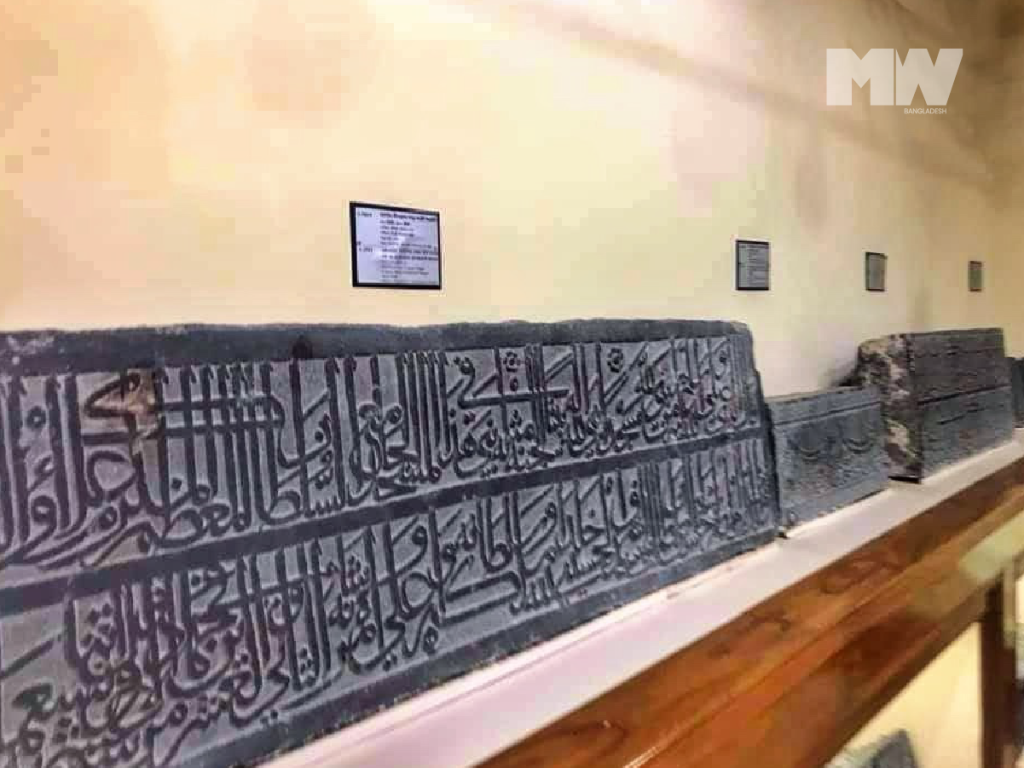
The term “Varendra” refers to an ancient Janapada, which roughly corresponds to the northern part of modern-day Bangladesh. The museum played a crucial role in archaeological exploration as well. Excavations at Sompur Bihara, a significant Buddhist monastery, were initiated by the Varendra Research Society and the University of Calcutta in 1923.
In 1964, the Varendra Museum became a part of Rajshahi University, ensuring its continued preservation and promotion of the region’s cultural heritage. It’s wonderful to learn about the museum’s historical importance and its contributions to showcasing the rich heritage of Varendra and its surrounding areas.
Collection
The museum is divided into six sections, each focusing on different aspects of Bangladesh’s cultural heritage.
1. Varendra Research Museum: This section houses archaeological artefacts, including stone sculptures, terracotta plaques, bronze images, pottery, coins, and inscriptions. These artefacts provide insights into the ancient history and culture of the region.
2. Anthropology Museum: This section displays ethnographic materials and exhibits related to the lifestyles, traditions, and cultural practices of different communities in Bangladesh.
3. Islamic Art and Crafts Museum: Here, visitors can see a collection of Islamic art, including calligraphy, manuscripts, metalworks, woodcarvings, textiles, and ceramics.
4. Sculpture Museum: This section showcases sculptural masterpieces from different periods of Bangladesh’s history, including both religious and secular sculptures.
5. Rajshahi Art Museum: This section focuses on contemporary art and houses a collection of paintings, drawings, and other artworks by local and national artists.
6. Ethnography Museum: This section highlights the rich cultural diversity of Bangladesh by displaying artefacts, tools, and objects used by various ethnic groups residing in different regions of the country.
The Varendra Museum not only exhibits objects but also conducts educational programs, workshops, and seminars. It serves as a centre for research and study of archaeology, anthropology, and art history.
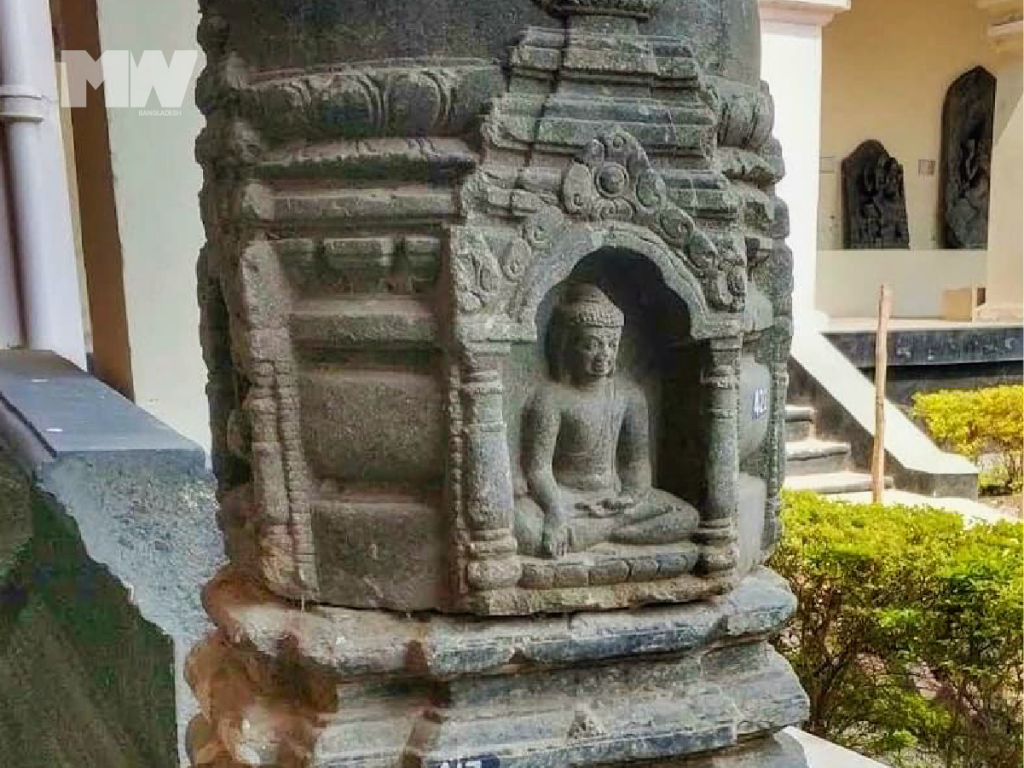
Visitors to the museum can explore the vast collection of artefacts, learn about Bangladesh’s cultural heritage, and gain a better understanding of the region’s history and traditions. The museum contributes significantly to the preservation and promotion of Bangladeshi art, history, and culture.
Visiting Varendra Museum is a journey through time, offering a glimpse into the region’s past and its cultural diversity. Ancient archaeological artefacts, religious relics, manuscripts, paintings, and sculptures are just some of the treasures that await within its halls. Each exhibit presents a fascinating narrative, painting a vivid picture of the heritage and evolution of the people of Bangladesh.
For researchers, the museum serves as a valuable resource, with a focus on academic pursuits and historical studies. The dedication to research and preservation is evident throughout the institution, making it a haven for those seeking to delve into the annals of Bangladesh’s history.
Varendra Museum stands as a symbol of pride and appreciation for the rich heritage of Rajshahi and Bangladesh as a whole. Combining academic pursuits with the allure of a captivating visitor experience, this museum continues to captivate the hearts and minds of all who step foot within its distinguished walls.
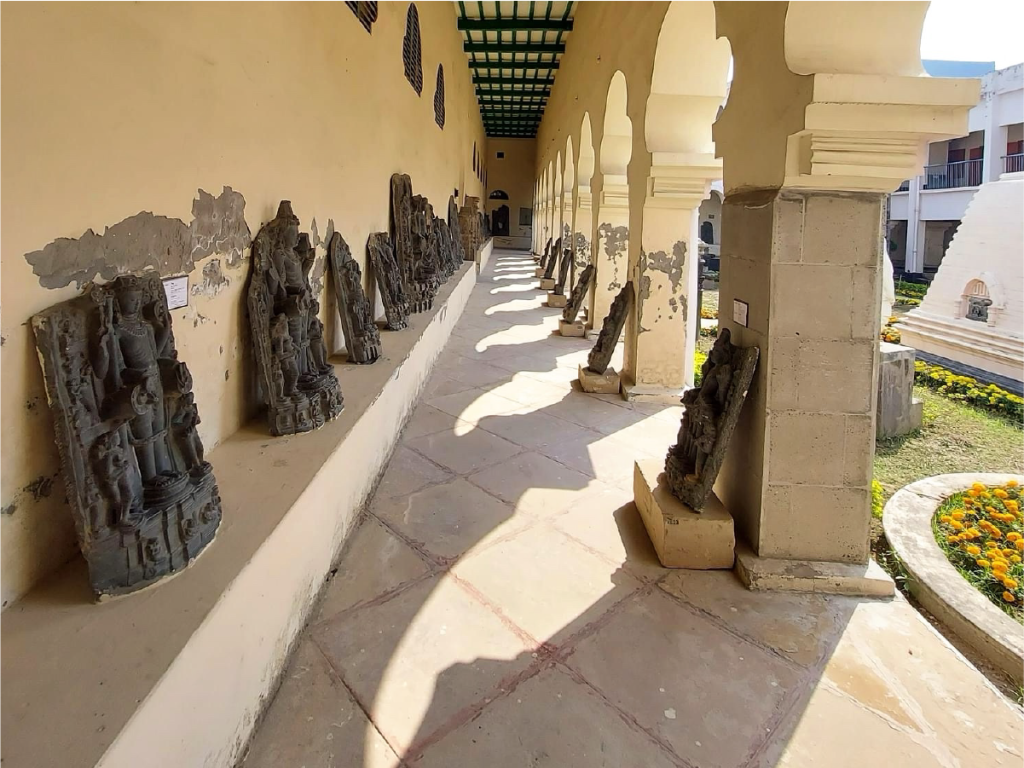
How to go
Here are the directions to reach the museum:
By Air
– If you’re coming from outside of Rajshahi, you can take a flight to Shah Makhdum Airport in Rajshahi.
– From the airport, you can hire a taxi or a local rickshaw to go directly to the Varendra Museum. It is located in Kazla, Rajshahi City Corporation.
2. By Train
– Rajshahi has good train connectivity with other major cities in Bangladesh.
– If you’re arriving by train, get off at Rajshahi Railway Station.
– From the railway station, you can hire a taxi, ride a rickshaw, or take a local bus to reach the Varendra Museum.
3. By Road
– Rajshahi is well-connected by roads from other cities in Bangladesh.
– If you’re traveling by bus or car, you can take the highway to reach Rajshahi.
– Once you reach Rajshahi, you can navigate to Kazla, Rajshahi City Corporation, where the Varendra Museum is located.
It’s always a good idea to have a map or use GPS navigation to ensure that you’re on the right track. Additionally, you can ask locals for directions if needed.
Where to stay
Rajshahi offers several accommodation options for visitors. Here are a few popular places to consider staying in Rajshahi, Hotel Nice International, Hotel Mukta International, Hotel City Inn, Hotel Dalas International, Hotel X, and Hotel Riverview.
Remember to check the availability, facilities, and reviews of each hotel before making a reservation.




